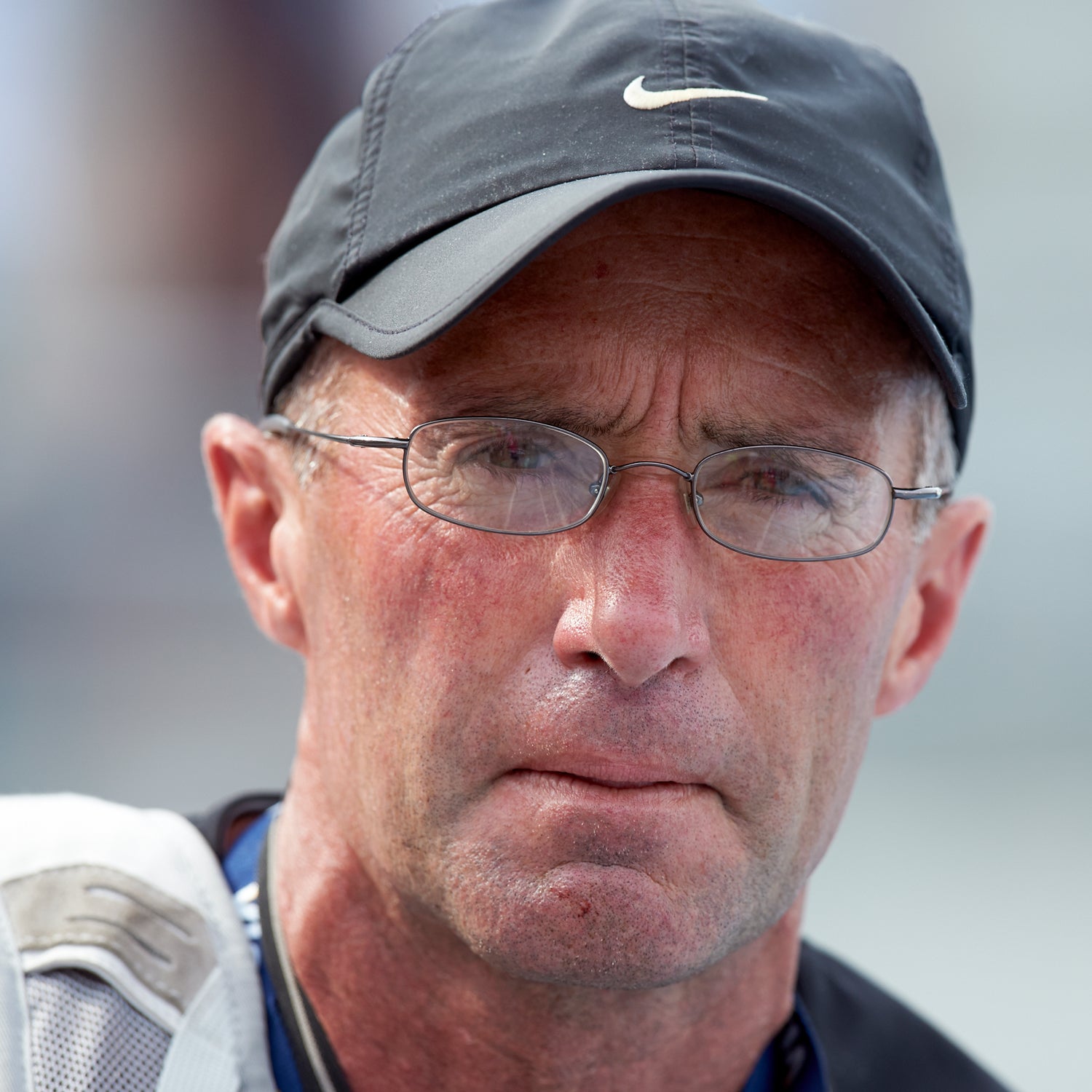For almost two years, American track coach Alberto Salazar has been under pressure over doping-related allegations at NikeÔÇÖs Oregon Project, the elite American distance-running group he oversees. In the past week, . On Tuesday, it reported that the FBI had joined a U.S. Anti-Doping Agency (USADA) investigation into Salazar. We figured you might have some questions. We tried to answer them.
WhoÔÇÖs the source?
Hard to say. The Telegraph cited no source, on the record or anonymous, when making its claim. No other media outlet has corroborated it thus far. The FBI almost never confirms the existence of an investigation, much less its target. USADA also had no comment.
But the Department of Justice never officially acknowledged it had convened a federal grand jury investigation centered on Lance Armstrong until it dismissed the investigation without charges in February 2012. Other media organizations, including, took the Telegraph's┬áreport seriously enough to write about it, and the TelegraphÔÇÖs own story likely had to make a pass through legal before the editors signed off on its publication.
What exactly is Salazar accused of?
Salazar has been under suspicion of doping his athletes since a 2015 . That story alleged that Salazar abused protocols on so-called Therapeutic Use Exemptions (TUE), which allow an athlete to use an otherwise-banned product for medical purposes, and that he pushed athletes under his tutelage to use prescription drugs, such as thyroid medication, for conditions they did not have.
David Epstein, the lead reporter on the piece, interviewed 17 people who at some point were Oregon Project athletes and staffers, including celebrated American distance runner┬áKara Goucher. Former Oregon Project assistant coach Steve Magness alleged that┬áSalazar had experimented with testosterone by having his adult sons apply it to their skin to determine the threshold for a positive test, apparently to determine if it would be possible for a rival to sabotage SalazarÔÇÖs athletes, a motive Magness found ÔÇśludicrous,' and┬áthat a notation in a journal indicated that Galen Rupp, one of the team members, was using testosterone.
to the allegations but admitted to testing testosterone gel on his sons.┬áÔÇťI will never permit doping. Oregon Project athletes must fully comply with the WADA Code and IAAF Rules,ÔÇŁ Salazar wrote in his rebuttal. In response to a separate allegation of testosterone use in the ProPublica story, Salazar claimed he uses it for his own hypogonadism, a condition in which the body doesnÔÇÖt produce enough of the hormone.┬áSalazar and USADA dispute whether he has provided evidence to support those claims.
OK, great, but why would the FBI get involved?
If they are involved, itÔÇÖs likely because the allegations include misuse of controlled substances, which is not just a doping offense. Testosterone, for example, is a . Distributing it without a prescription could be considered drug trafficking, a .
Sports figures have been convicted for this kind of thing before: in the BALCO case, which famously ensnared Barry Bonds among other athletes, track coach Remi Korchemny pled guilty to distributing illegal drugs and served a year of probation. In recent years, several federal agencies have investigated drug use in sport. Jeff Novitzky was with the IRS when he first began investigating the BALCO doping ring. After he moved to the FDA, Novitzky began the probe into cycling and Armstrong, which at one point involved a federal grand jury.
Is this really worthy of a criminal investigation?
When the DOJ dropped the Armstrong investigation without indictment in 2012, .┬áBefore and after the DOJÔÇÖs decision to dismiss, the derisive bottom line from commentators was, generally, ÔÇťAll this about a bike race in France?ÔÇŁ
But as with many hot takes, those columns mostly didnÔÇÖt age well. As we later learned with the release of USADAÔÇÖs reasoned decision and the voluminous package of supporting documents, Armstrong and his U.S. Postal Service team were .
Could the Salazar case end with criminal charges?
We donÔÇÖt know yet. One important thing to note is that the FBI has tools at its disposal that USADA does not, chiefly subpoena power to compel witness testimony. USADA can compel witness testimony at an arbitration hearing, but not at the investigation stage. (ItÔÇÖs complicated.)
If the investigation closes without charges, then what?
The FBIÔÇÖs involvement, if there is any, may indirectly give USADA more evidence to work with even if no charges are ultimately brought against anyone involved. Alternatively, USADA could follow the FBIÔÇÖs precedent and drop their pursuit of Salazar altogether.
The former has happened before. In the BALCO case, USADA convinced a U.S. Senate committee to subpoena documents, including testimony, that the Justice Department had refused to hand over.┬áIn the Armstrong case, the criminal investigation helped USADAÔÇÖs own pursuit. The FDA had already interviewed many people involved, and, as BALCO showed, there was always a possibility that USADA could gain access to that testimony. Faced with that kind of uncertainty, plus the carrot of a reduced ban in exchange for cooperation, sources may agree to talk when they might not otherwise.
Can we expect fallout for Nike or other Salazar backers?
The Telegraph story was just one of two major pieces of Salazar-related news to drop in March. On March 4, the German media outlet Der Spiegel published a story based on what it says is a USADA ÔÇťinterim reportÔÇŁ obtained from the hacking group Fancy Bears, which claimed that . Nike rejected that allegation in a claiming that theyÔÇÖve ÔÇťvoluntarily cooperated with information requests from USADA, including turning over thousands of pages of documents to USADA, an effort that imposed a substantial cost.ÔÇŁ USADA has not commented on the authenticity of the document, but the Der Spiegel story is supposedly based on a 269-page report that includes highly specific information, including emails between Nike representatives and William Bock, chief counsel for USADA.
Again, USADA has no real power to compel Nike to cooperate at the investigation stage, but the FBI certainly does, and if Nike is found to have obstructed the investigation, that could have significant repercussions for the shoemaker as well. Nike has historically stuck by athletesÔÇöincluding ArmstrongÔÇöinvolved in doping cases until the bitter end, but thereÔÇÖs a key difference in the Salazar case. Salazar isnÔÇÖt merely a paid endorser like Armstrong was; the Oregon Project is a Nike operation, entirely funded by the company (its official name is the Nike Oregon Project). Athletes and staff, like Salazar, are paid by Nike. Some of them live in a house owned by Nike, and they train in part at the companyÔÇÖs headquarters.
What might happen next?
Honestly, no one knows. The presence of outfits like Fancy Bears ups the uncertainty a notch. , the parties to the case have to be worried about data releases from hacking.


